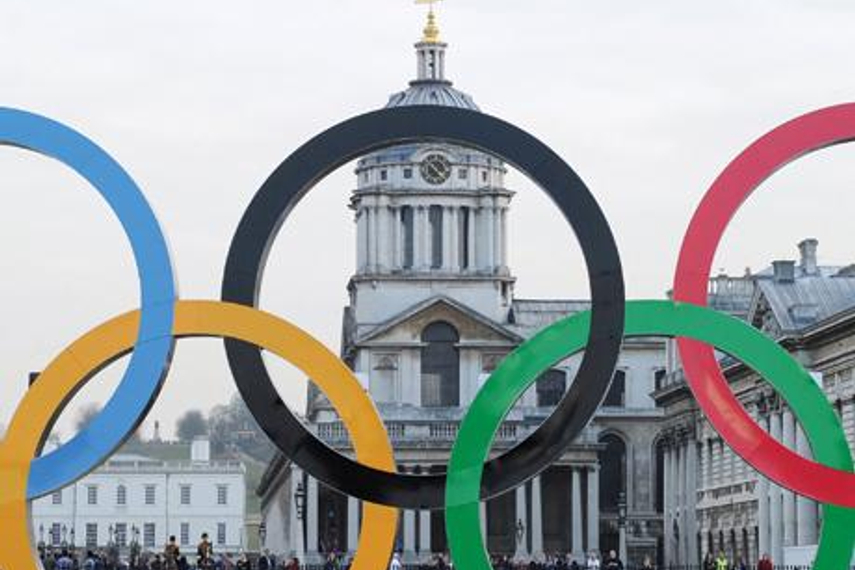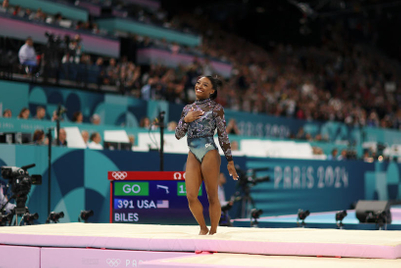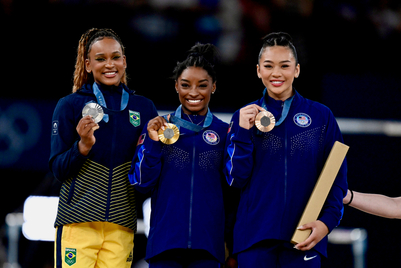
Lord Sebastian Coe, four-time Olympic medal winner and chairman of The London Organising Committee of the Olympic and Paralympic Games (Locog), rather loftily proclaimed that the London 2012 Games will be “the greatest show on earth”. Whether one agrees with that sentiment or not, there is no denying that on the sporting world’s calendar, other events pale by comparison.
“The Olympic Games is one of the most powerful brands in the world,” asserts Wei Qiang, sports marketing director of Ogilvy & Mather Group Beijing, adding that the iconic rings are one of the few international symbols that can be recognised and understood by people around the world, “transcending national, ethnic and cultural boundaries”.
For brands then, transcending borders by allying themselves with the Olympics is a marketing no-brainer. But while the Games give global brands with large marketing coffers a truly international platform to spread their marketing message, what do they offer regional brands across Asia?
“The awareness of the potential of sports marketing in China exploded with the Beijing Games,” says Tim Maitland, director of sports marketing at Hill+Knowlton Asia-Pacific and a former sports broadcaster with the BBC World Service.
It is a point echoed by Andrew Georgiou, chief operating officer and senior vice-president of business development at World Sport Group, who says, “Increasingly, more Asian companies are using sports sponsorship to grow their market share as they begin to understand and appreciate how it helps to deliver a higher return on investment.”
But for Asian brands, there is an obvious and important difference between the 2008 and 2012 Games – the former took place in Asia, while this year will see the event cross continents to Europe. It is a distinction that has clearly not eluded many Asian brands, Maitland suggests. He compares the list of official Olympic partners for the Beijing 2008 Games with that for London 2012. “Apart from the worldwide partners, it’s a completely different group of companies,” he says. “The London partners are brands like BT, Lloyds TSB and BA, whereas the Beijing partners, with a couple of exceptions, were all Asian brands.”
In 2008, the list of official partners read like a ‘Who’s Who of Asian brands – with Bank of China, Sinopec and China Mobile among the names. They are entirely absent from London 2012.
Maitland thinks it is not surprising, arguing that 2008 saw Asian brands dominate as official partners because the Games were on their own doorsteps. In 2012, those Asian brands allied to the Games are global players.
As one of the 2012 Games’ worldwide Olympic partners, Samsung is a case in point. “There are a great many techniques available to us to connect with our consumers,” says Sunny Hwang, the group’s vice-president and head of global sports marketing. “But we believe there is none more effective than our sponsorship of the Olympic Games for combining reach, impact and communicating our company values.”
But while the Olympics can give brands a boost in terms of profile, there are pitfalls. Qiang cites Lenovo’s sponsorship of the Olympic Torch Relay in the build up to the 2008 Beijing Games. “It was plagued with troubles as it travelled around the world serving as a target for many groups that were unhappy with China or the Olympic movement.”
Those were not the only problems it encountered. The brand – which had acquired the computer hardware business of IBM in 2004 – also suffered from the negative connotations of a once-American brand becoming ‘made in China’.
There are other pitfalls. “Guerilla marketing is another serious issue,” admits Qiang. “Official Olympic sponsor GE fell victim to this at the 2008 Beijing Games when the lighting contract for the Bird’s Nest stadium was given to Philips, which also walked away with much of the publicity.”
Mike Jackson, managing director of MEC Access Asia-Pacific, adds that “while there are ways to be associated with the Olympics without infringing partner rights,” brands should beware falling foul of compliance.
Avoiding the wrath of the regulators is not just an issue faced by non-sponsors looking to tie in with the Games. While partner brands are able to incorporate Olympic logos and images into their own marketing, their campaigns must be approved by the International Olympic Committee (IOC) or the Games Organising Committee. “Games sponsors and the Olympic committees often engage in extensive negotiations over marketing activities and programmes,” says Qiang.
Another major constraint that brands face is that Olympic stadia are advertising-free; so brands must communicate their association through channels such as peripheral events, athlete sponsorships and cultural activities.
Given the limitations, it might seem that for brands lacking the marketing muscle of global giants like Acer and Panasonic, opportunities to get involved with the Games are scarce. Yet Samsung was not always a brand with sizeable global awareness. Its association with the Olympics began nearly 25 years ago, when it became a local sponsor of the 1988 Seoul Games. Over this period, Samsung has leveraged sports marketing to step up from a leading local brand to a global brand,” Hwang says.
Unlike Samsung, Double Happiness Sports (DHS) is a brand perceived by Westerners as more ‘local’ than global. But it is aiming higher. It will be equipment supplier for table tennis and badminton at the 2012 Games. “Table tennis has always been our strength,” explains Huang Yongwu, chairman of the board, “and we have been Olympics supplier four times.”
Double Happiness says its Olympics association has two aims. “The first is to consolidate our existing leading position in the table tennis industry, and the second is to seek more opportunities for the DHS brand in badminton and weightlifting.”
But aside from Asian brands with global aspirations, there are still opportunities for regional brands to capitalise on the Games. “Where Asian brands will benefit far more is in involvement at a national level,” Maitland says, citing brands like Yili appearing on team tracksuits. That, he argues, is where the Olympic opportunities lie for Asian brands to grow in their own markets.
The article first appeared on Campaign Asia


.jpg&h=334&w=500&q=100&v=20250320&c=1)

.jpg&h=334&w=500&q=100&v=20250320&c=1)
.jpg&h=334&w=500&q=100&v=20250320&c=1)
.jpg&h=334&w=500&q=100&v=20250320&c=1)





.jpg&h=268&w=401&q=100&v=20250320&c=1)



.jpg&h=268&w=401&q=100&v=20250320&c=1)
.png&h=268&w=401&q=100&v=20250320&c=1)
.jpg&h=268&w=401&q=100&v=20250320&c=1)
.png&h=268&w=401&q=100&v=20250320&c=1)
